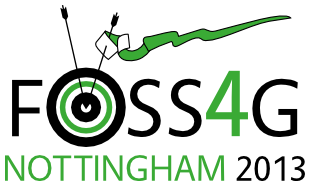Presentation
Evaluating Open Source GIS Techniques For Addressing Database, Analysis And Visualization Aspects Of Spatiotemporal Information
Lynnae Sutton (Fish Passage Center) with Jackie Olsen
14:00 on Friday 20th September (in Session 43, starting at 2 p.m., Sir Clive Granger Building: A39)
Show in Timetable
Most GIS were not specifically designed to manage dynamic spatiotemporal data. Spatiotemporal mapping is the representation of changes in geographical phenomena over time. By identifying the characteristics of the spatial, temporal and attributional dimensions, we evaluate, compare and contrast OSGIS techniques for data storage, retrieval, pattern analysis and visualization of spatiotemporal data. Spatial change components include: shape, location, presence and size. Temporal change components include: states, rate, duration and intervals. Attributes include qualitative and quantitative descriptors. Combinations of changes are evaluated in dimensional components: attribute change (i.e. land-use), spatial attribute change (i.e. national boundaries), moving objects (i.e. hurricane paths), rate of change (i.e. populations of invasive species), temporal aggregation (i.e. precipitation) and spatial aggregations (i.e. voting results). In addition, visualization methods are explored: static (single and multiple snapshots), dynamic display (animation) and symbolic temporal representation. Results of the evaluations are presented. Some of the open source software evaluated includes: Weave, timemap.js, Dojo.js, QGIS temporal extension, OpenLayers Tracking, D3 and i2maps.
